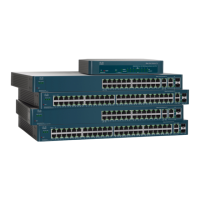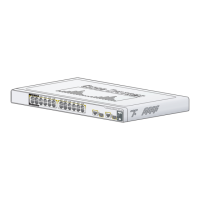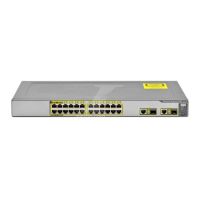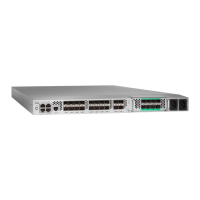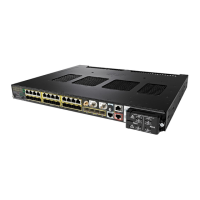Smartport
Smartport Macros
Cisco 500 Series Stackable Managed Switch Administration Guide 216
12
If Auto Smartport assigns a Smartport type to an interface and the interface
is not configured to be Auto Smartport Persistent, then its Smartport type is
re-initialized to Default in the following cases:
- A link down/up operation is performed on the interface.
- The device is restarted.
- All devices attached to the interface have aged out, which is defined as
the absence of CDP and/or LLDP advertisement from the device for a
specified time period.
• Unknown
If a Smartport macro is applied to an interface and an error occurs, the
interface is assigned the Unknown status. In this case, the Smartport and
Auto Smartport features do not function on the interface until you correct
the error and applies the Reset action (performed in the Interface Settings
pages) that resets the Smartport status.
See the workflow area in Common Smartport Tasks section for
troubleshooting tips.
NOTE Throughout this section, the term “aged out” is used to describe the LLDP and CDP
messages via their TTL. If Auto Smartport is enabled, and persistent status is
disabled, and no more CDP or LLDP messages are received on the interface before
both TTLs of the most recent CDP and LLDP packets decrease to 0, then the anti-
macro is run, and the Smartport type returns to default.
Smartport Macros
A Smartport macro is a script of CLI commands that configure an interface
appropriately for a particular network device.
Smartport macros should not be confused with global macros. Global macros
configure the device globally, however, the scope of a Smartport macro is limited
to the interface on which it is applied.
The macro source may be found by running the show parser macro name
[macro_name] command in privileged exec mode of the CLI or by clicking the
View Macro Source button on the Smartport Type Settings page.
A macro and the corresponding anti-macro are paired together in association with
each Smartport type. The macro applies the configuration and the anti-macro
removes it.
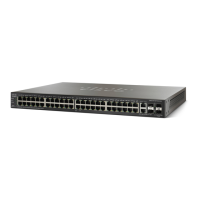
